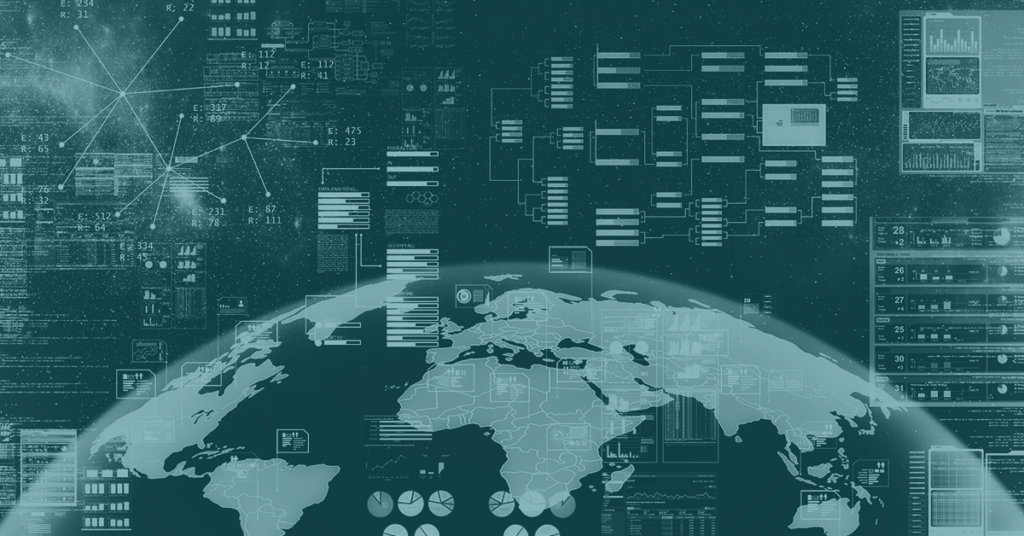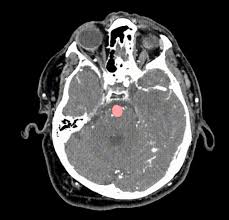
Wearable Tech Market Expected to Double by 2026
The wearable technology industry is undergoing a historic transformation, and by 2026, its global footprint is expected to double. This shift isn't merely about new gadgets it reflects a deeper change in how individuals engage with their health, work, and lifestyle through continuous digital interaction. From smartwatches and fitness bands to AR glasses and biometric clothing, wearables are no longer niche tech accessories; they are evolving into vital tools for wellness, safety, communication, and productivity, especially as artificial intelligence becomes more integrated into their core systems.
The rise in health awareness following the COVID 19 pandemic laid a strong foundation for wearable tech's explosive growth. In many regions, wearables became lifelines during health crises, enabling early detection of symptoms, remote monitoring of patients, and even contact tracing. As of 2025, the trend has matured and diversified. Instead of being limited to heart rate tracking and step counting, modern wearables now monitor sleep cycles, hydration levels, oxygen saturation, mental health metrics, and blood glucose functions previously reserved for clinical settings. These capabilities, combined with the growing affordability of devices, are unlocking demand from emerging economies, not just tech savvy consumers in the West.
One major factor accelerating this growth is the convergence of wearable hardware with AI powered software. Smartwatches today are no longer passive monitors; they are active health assistants. Devices like Samsung Galaxy Watch, Apple Watch Series, and new offerings from Huawei and Indian firms like Noise and Fire Boltt are now capable of suggesting workouts, detecting arrhythmias, recommending dietary changes, and even calling emergency services in real time. The user experience is further enhanced by machine learning models that personalize feedback, making the devices feel more like health companions than machines. As AI becomes more localized and energy efficient, even lower end wearable devices in developing countries will benefit from these innovations.
A fascinating dimension of this transformation is the expansion beyond wristwear. Wearables are now becoming body integrated systems. Smart rings, such as those by Oura, are gaining popularity for their discrete form and advanced sleep and readiness tracking. Meanwhile, smart glasses are finally breaking into the mainstream with lighter designs and better displays, enabling applications in navigation, real time translation, education, and augmented reality collaboration. These devices are especially useful in logistics, military training, and industrial maintenance, where hands free interaction is critical. Furthermore, wearable patches and clothing with embedded sensors are being tested in hospitals and sports academies for real time health analytics, promising a future where your clothes might be your health monitor.
Interestingly, much of the projected market doubling is expected to come from regions traditionally seen as digital followers rather than leaders. In Asia, India has become a key battleground for wearable tech dominance. With a rapidly growing middle class, aggressive pricing, and domestic innovation, India has become one of the largest markets for smart bands and entry level smartwatches. Africa is also seeing a unique wearable evolution, where devices are being used in agriculture, maternal health, and mobile banking authentication. Meanwhile, Latin American governments are exploring subsidized wearables in public healthcare. These developments indicate that the wearable tech boom is no longer Western centric it's global, inclusive, and adapting to a wide range of local needs.
The corporate and enterprise sectors are also contributing significantly to this doubling trend. In industries such as manufacturing, logistics, construction, and fieldwork, wearables are improving worker safety and productivity. Smart helmets, connected vests, and biometric trackers help companies monitor fatigue, location, temperature, and exposure to hazards in real time. Insurance companies are beginning to offer discounts for employees who wear health monitoring devices, and remote workplaces are using wearable driven productivity metrics to streamline operations. This fusion of IoT and occupational health is blurring the lines between personal and professional tech, creating entirely new market segments that didn’t exist a decade ago.
However, the meteoric rise of wearables is not without challenges. Privacy concerns are growing, particularly as wearables collect increasingly sensitive biometric data. Questions around data ownership, security, and ethical AI usage are under active debate. Regulators are stepping in especially in Europe and parts of Asia to ensure companies maintain transparency and obtain informed user consent. In the U.S., wearable companies are facing increased scrutiny from health authorities and lawmakers to classify some devices as medical tools, subjecting them to rigorous standards. These emerging legal frameworks may slow deployment in certain sectors, but they are also necessary for sustainable, responsible growth.
Looking ahead, the doubling of the wearable tech market by 2026 seems not just probable but inevitable. Consumer expectations have shifted from wanting occasional convenience to demanding constant, intelligent, and seamless support in everyday life. With 5G and satellite connectivity expanding coverage, wearables will no longer be tethered to smartphones or Wi Fi zones. As battery technology improves and edge computing becomes standard, the next generation of wearables may function independently, with real time processing, encrypted communication, and energy efficiency. In this landscape, wearables could be the most personal and essential piece of technology in our lives serving as the bridge between our bodies, minds, and the digital world.
Related Post
Popular News
Subscribe To Our Newsletter
No spam, notifications only about new products, updates.















